I am trying to learn about analog multipliers, and I'm trying to implement one using a log-antilog design. I am currently having some difficulties with the log part because simulating an ideal amplifier gives results that are consistently about 0.4 V lower than what the formula from Wikipedia says. I am running a voltage sweep 0-100V and the same problem occurs throughout the range.
For my "what the theory says" graph I took the saturation current from the SPICE model for the 1N4148, and 300 K for temperature.



